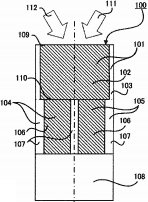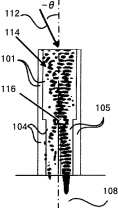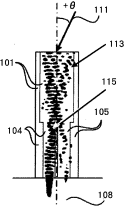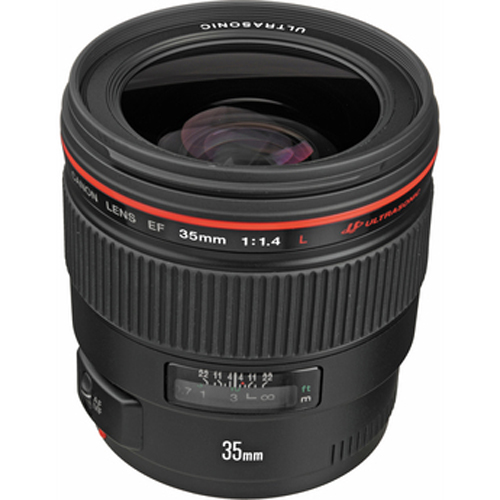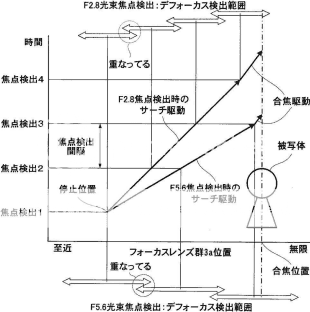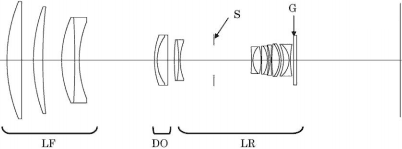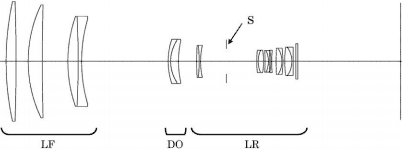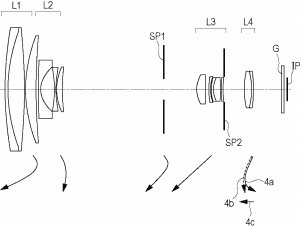[Patent] New Canon Phase-Detection AF Method With Higher Accuracy And Smaller Pixel Size (for the next mirrorless camera?)
Egami (machine translated) found a Canon patent for an improved phase-detection AF. Higher accuracy is obtained by better propagation of light. The patent text also suggests, the method should improve accuracy when light is falling in with a low-angle incident. I found another thing very interesting: the patent refers to smaller pixel size, i.e. you can pack more pixel on the sensor. So, given that a phase-detection AF is particularly useful on a mirrorless camera, could that indicate that Canon is working on a higher resolutions sensor (with an improved AF) for its more pro-oriented mirrorless camera that we expect to be announced later this year?
- Patent Publication No. 2012-151215
- 2012.8.9 Release Date
- 2011.1.18 filing date
- Existing techniques
- JP 2002-314062
- Conventional techniques beam separation is insufficient, Ranging Accuracy is poor
- Scattering effects due to wiring
- The smaller the angle of incidence, it is difficult to detect
- Smaller pixel size, the value of F becomes larger microlenses (dark), they spread the light next to almost the same in the size of the image pixel size and pixel diffraction
- And waveguide
- The waveguide, depending on the angle of incidence of the light flux, there is a characteristic (waveguide mode) is different states of light propagation in the waveguide
- Canon ‘s patented
- Consisting of waveguide waveguide and vice
- Guiding light of two different incident direction: waveguide
- Vice waveguide: one for each waveguide comprises a waveguide two sub-
- Can be detected by the photoelectric conversion unit specific, the incident light at a particular angle
- Impact of wiring
- The incident light to propagate the core portion of the waveguide, reducing the impact of wiring
- Low-angle incident light, by using the corresponding waveguide mode depends on the incident direction
- Small pixel size, support by limiting the distribution of the emitted light
- Achieved by suppressing the spatial width confinement in the waveguide propagation of light sub-

